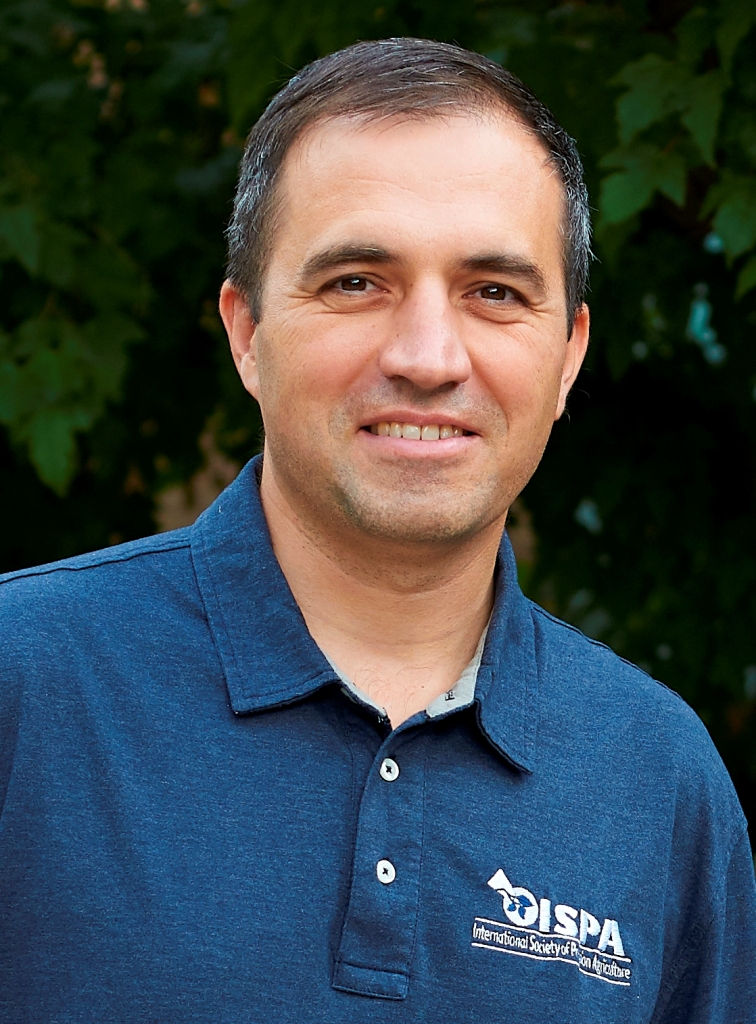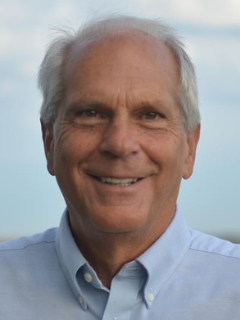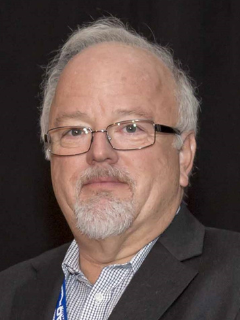
Date: Mon Aug 1, 2016
Time: 10:20 AM - 12:00 PM
Moderator: Gretchen Sassenrath
Data revealing spatial soil heterogeneity can be obtained in an economically feasible manner using on-the-go proximal soil sensing (PSS) platforms. Gathered georeferenced measurements demonstrate changes related to physical and chemical soil attributes across an agricultural field. However, since many PSS measurements are affected by multiple soil properties to different degrees, it is important to assess soil heterogeneity using a multilayer approach. Thus, analysis of multiple layers of geospatial data leads to: 1) delineation of relatively heterogeneous field areas characterized by a particular combination of individual sensor measurements, and 2) identification of field locations representing these different combinations to be used for traditional soil sampling and analysis required for site-specific sensor calibration. The objective of this research was to develop an algorithm that would accomplish both functions. It was expected that delineated field areas would be spatially contiguous with relatively low variance for each sensor measurement. The algorithm was based on the adapted stepwise grouping method using a neighborhood search analysis (NSA). In addition, a circular area search method was implemented to define field locations that best represent each delineated field partition. The algorithm was evaluated using PSS data of varying quality from over 20 agricultural fields from Eastern Canada. To demonstrate its performance for this conference paper, field elevation, apparent soil electrical conductivity and soil pH maps from two experimental sites were used. D-optimality criterion was applied to individual sensor values corresponding to the set of selected representative field locations to evaluate the quality of these selections.

Utilizing yield maps to their full potential has been one of the challenges in precision agriculture. A key objective for understanding patterns of yield variation is to derive management zones, with the expectation that several years of quality yield data will delineate consistent productivity zones. The anticipated outcome is a map that shows where soil productive potentials differ. In spite of the widespread usage of yield monitors, commercial agriculture has found it difficult to collect and assemble yield data effectively for this purpose. A soil-topography-yield analysis approach has been developed and tested on several fields across the US. It uses soil and topography data that share the dense spatial scale of yield maps. These soil maps are fused into zones delineating the key soil properties that affect yield such as nutrient and water-holding capacity. Yield datasets are then queried to identify the significant yield drivers on each field. From those relationships the methodology identifies areas that could benefit from soil-specific management and suggests appropriate strategies. Whereas most yield analysis efforts attempt to create soil productivity polygons around yield map patterns, the approach presented here precisely delineates the soil boundaries first and then mines yield data to quantify and explain the actual difference in productive potential. The objective of this study is to evaluate the fusion results on several US fields. Results show the output can be useful for decision support on drainage and irrigation investments, establishing an appropriate rationale for variable yield goals, and uncovering hidden areas of lost yield potential.

Efficiency of tillage depends largely on the nature of the field, soil type, spatial distribution of soil properties and the correct setting of the tillage implement. However, current tillage practice is often implemented without full understanding of machine design and capability leading to lowered efficiency and further potential damage to the soil structure. By modifying the physical properties of soil only where the tillage is needed for optimum crop growth, variable depth tillage (VDT) has been shown to reduce costs, labour, fuel consumption and energy requirements. To implement VDT it is necessary to determine and map soil physical properties, spatially and with depth through the soil profile.
In this research a multi-sensor and data fusion approach was developed that augmented data collected with an electromagnetic sensor with a standard penetrometer, and conventional methods for the measurement of bulk density (BD) and moisture content (MC). Packing density values were recorded for eight soil layers of 0-5, 5-10, 10-15, 15-20, 20-25, 25-30 30-35 and 35-40 cm. From the results only 62% of the site required the deepest tillage at 38 cm, 16% required tillage at 33 cm and 22% required no tillage at all. The resultant maps of packing density were shown to be a useful tool to guide VDT operations. The results provided in this study indicate that the new multi-sensor and data fusion approach introduced is a useful approach to map layered soil compaction to guide VDT operations.
Combining data collected in-field from multiple soil sensors has the potential to improve the efficiency and accuracy of soil property estimates. Optical diffuse reflectance spectroscopy (DRS) has been used to estimate many important soil properties, such as soil carbon, water content, and texture. Other common soil sensors include penetrometers that measure soil strength and apparent electrical conductivity (ECa) sensors. Previous field research has related those sensor measurements to soil properties such as bulk density, water content, and texture. A commercial instrument that can simultaneously collect reflectance spectra, ECa and soil strength data is now available. The objective of this research was to relate laboratory-measured soil properties, including bulk density, carbon, water content, and texture fractions to sensor data from this instrument. At four field sites in mid-Missouri, profile sensor measurements were obtained to 0.9 m followed by collection of soil cores at each site for laboratory measurements. Using only reflectance data, soil bulk density, total organic carbon, and water content were not well-estimated (R2 = 0.32, R2 = 0.67, and R2 = 0.40, respectively). Adding ECa and soil strength data provided only a slight improvement in water content estimation (R2 = 0.47) and little to no improvement in BD and TOC estimation. When data were analyzed separately by Major Land Resource Area (MLRA), fusion of data from all sensors did improve soil texture fraction estimates. The largest improvement compared to VIS-NIR reflectance alone was for MLRA 115B, where estimation errors were reduced by approximately 14 to 26%. This study showed promise for in-field sensor measurement of some soil properties. Additional field data collection and model development are needed for those soil properties where combination of data from multiple sensors is required.

